In the wake of recent coverage about the City of Lovelock’s approval of an affordable housing project by Nevada Rural Housing, we received a letter raising several concerns about the accuracy of that article and the nature of the project itself.
We appreciate all community input and understand the strong feelings around this topic. Housing is not just about buildings, it’s about people, community values, and the future of our small town. For that reason, we wanted to offer some additional context and clarification to help inform the ongoing discussion.
The proposed apartment complex will serve residents who earn within specific income brackets, tied to Area Median Income (AMI), not averages. For example:
- If the AMI for Pershing County is around $53,000, a person earning 60% of that—or $31,800/year—would qualify.
- Many working residents, including entry-level service workers, paraprofessionals, city employees, fixed-income retirees, and single-parent households, fall within that range.
It’s true that some professionals—such as teachers or law enforcement officers—may not qualify, depending on their household size and income. However, describing the project as “workforce housing” is still appropriate. Workforce housing refers broadly to housing that supports people who make too much to qualify for public assistance but not enough to afford market-rate rents.
There was concern that low-income individuals from outside Lovelock might fill the units. While federal Fair Housing laws do not allow discrimination based on geography, Nevada Rural Housing has confirmed that it prioritizes local applicants whenever possible. This housing is being built to serve the Lovelock community first—those who already live and work here.
The letter rightly points out the need for housing for senior citizens. We agree. In fact, many of the eligible applicants for this type of housing are seniors, especially those on Social Security or other fixed incomes. While this development is not age-restricted, it could absolutely serve Lovelock’s older adults in need of safe, stable housing.
Our original story was based on public statements made at the City Council meeting, as well as details from Nevada Rural Housing’s presentation, and provided factual descriptions of the program, terms used, and community context. The terms “affordable housing,” “income-based housing,” and “workforce housing” are not interchangeable, but each has a specific, appropriate usage depending on project funding sources and intended populations. Rather than “sugar-coating” the topic, our intent was to provide factual, contextual reporting. We appreciate the reader who challenged us to be even more precise in how we present complex housing terms, and we welcome continued dialogue.
This project is not the only solution to Lovelock’s housing challenges. But it is a start—a step toward creating housing diversity, supporting economic development, and giving local residents more options.
As always, we remain committed to covering this topic with clarity and fairness. If you'd like to share your perspective, submit a letter to the editor to [email protected]
.jpg)
But wait, there's more...
What Is AMI and How Does It Affect Affordable Housing?
Understanding Who Qualifies for Income-Based Housing in Lovelock
AMI stands for Area Median Income. It’s a number set by the U.S. Department of Housing and Urban Development (HUD) every year based on income data from each county or metro area.
In Pershing County, the estimated AMI in 2024 was approximately $53,000 for a household of one or two people. AMI is used to determine who qualifies for affordable housing programs.
Common Income Tiers Used in Housing Projects:
- 30% of AMI – considered extremely low income
Example: $15,900/year for a single-person household - 50% of AMI – considered very low income
Example: $26,500/year - 60% of AMI – a common threshold for Low-Income Housing Tax Credit (LIHTC) properties
Example: $31,800/year - 80% of AMI – sometimes included in mixed-income developments
Example: $42,400/year
These figures adjust based on household size—the more people in a household, the higher the qualifying income cap.
Who Typically Qualifies?
- Seniors on fixed incomes
- Single parents working part-time or in entry-level jobs
- Young adults or early-career workers
- People working in retail, food service, school support roles, or caregiving
- Local residents in need of stable, affordable rent
Can Someone from Outside Town Move In?
Yes—but only if the local demand is not enough to fill the units. Federal law requires fair housing access regardless of city or state residency, but local applicants are always encouraged to apply first.


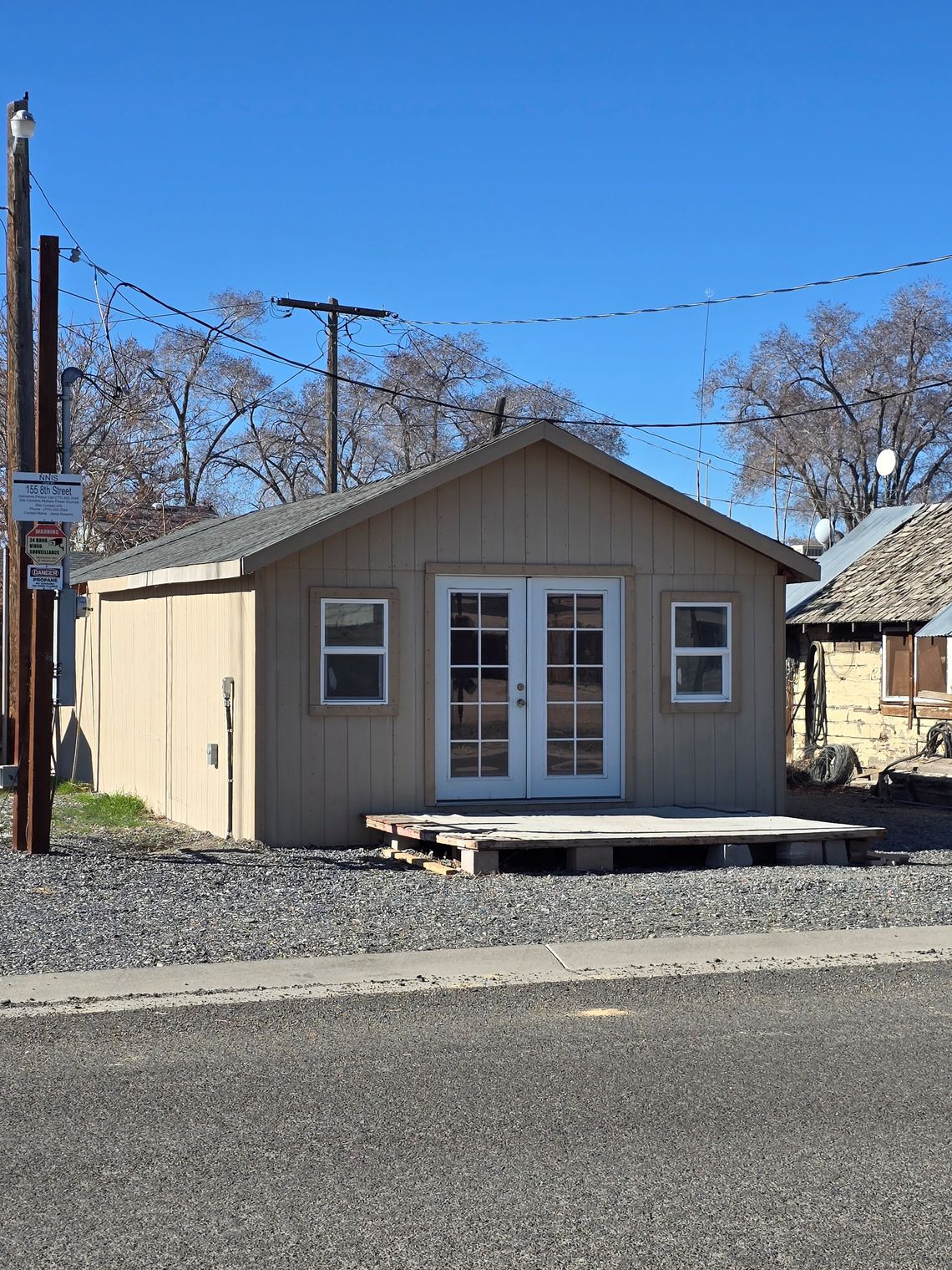
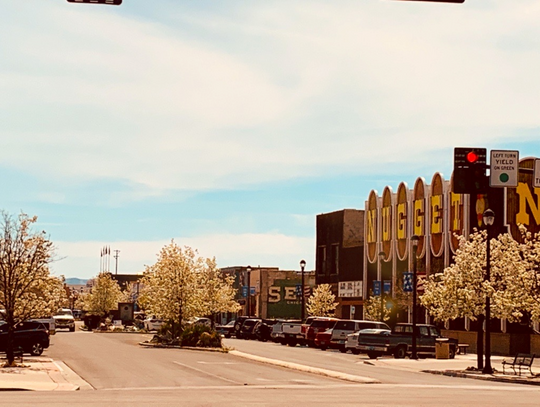

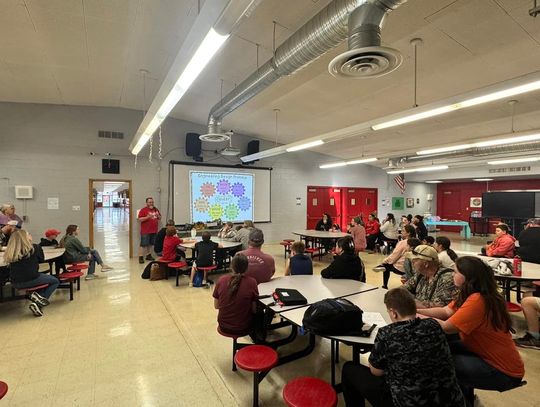
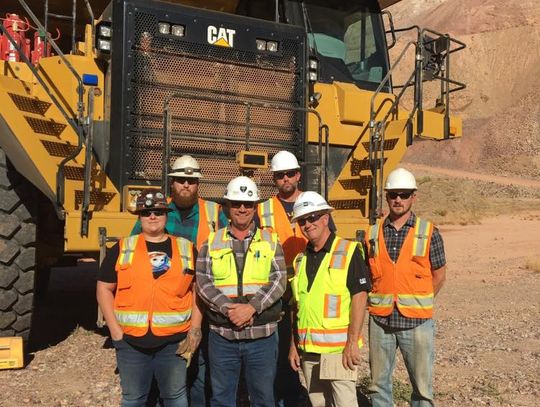
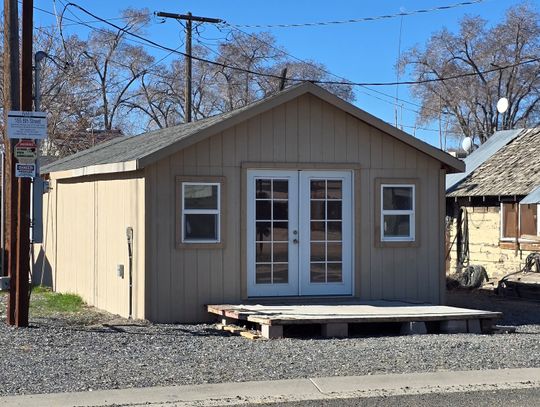




Comment
Comments